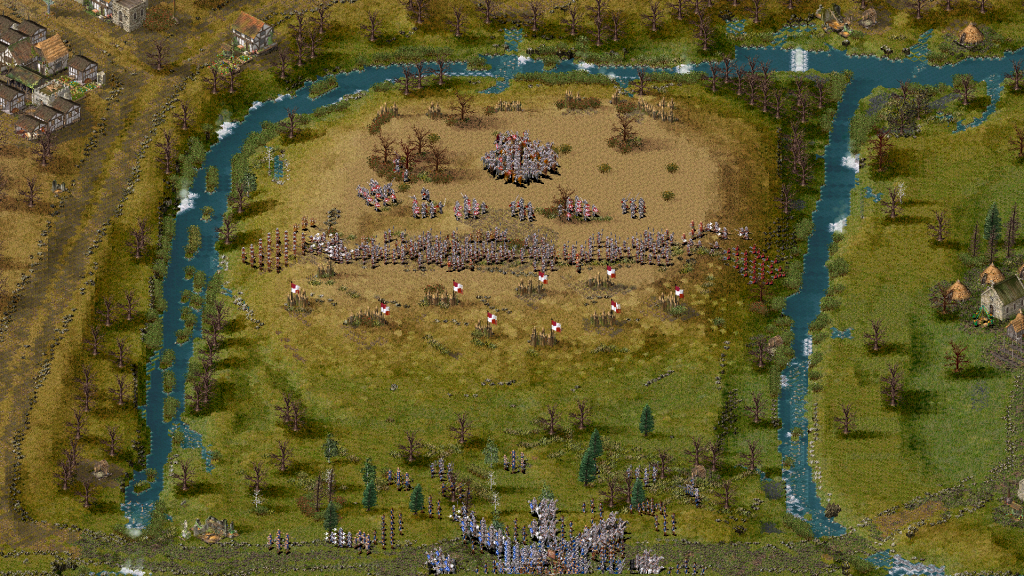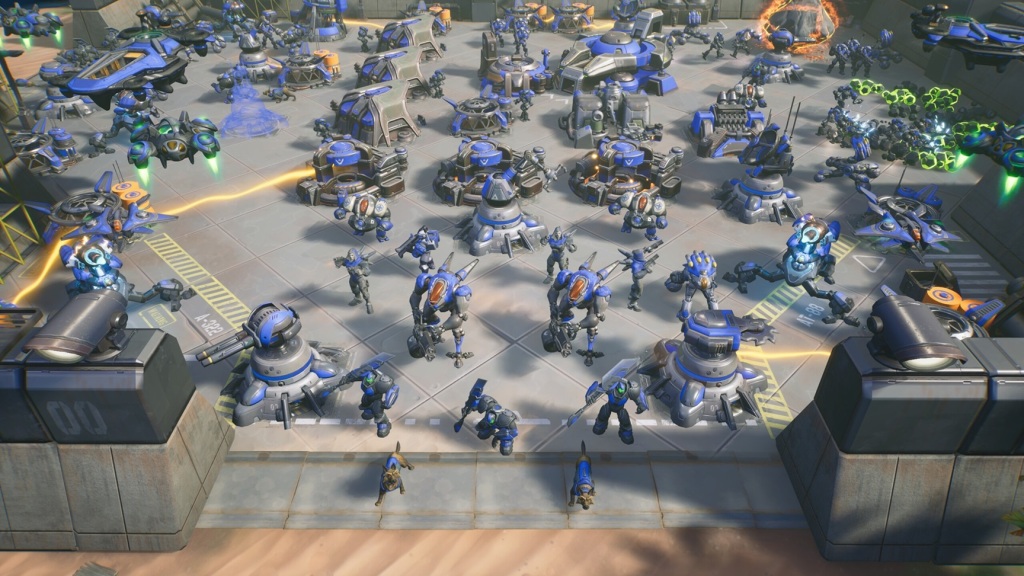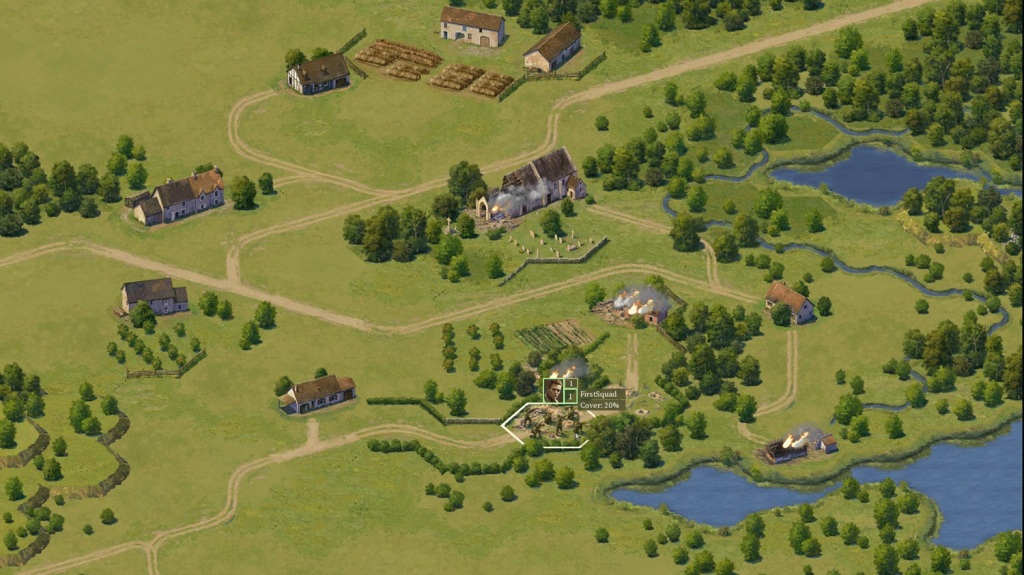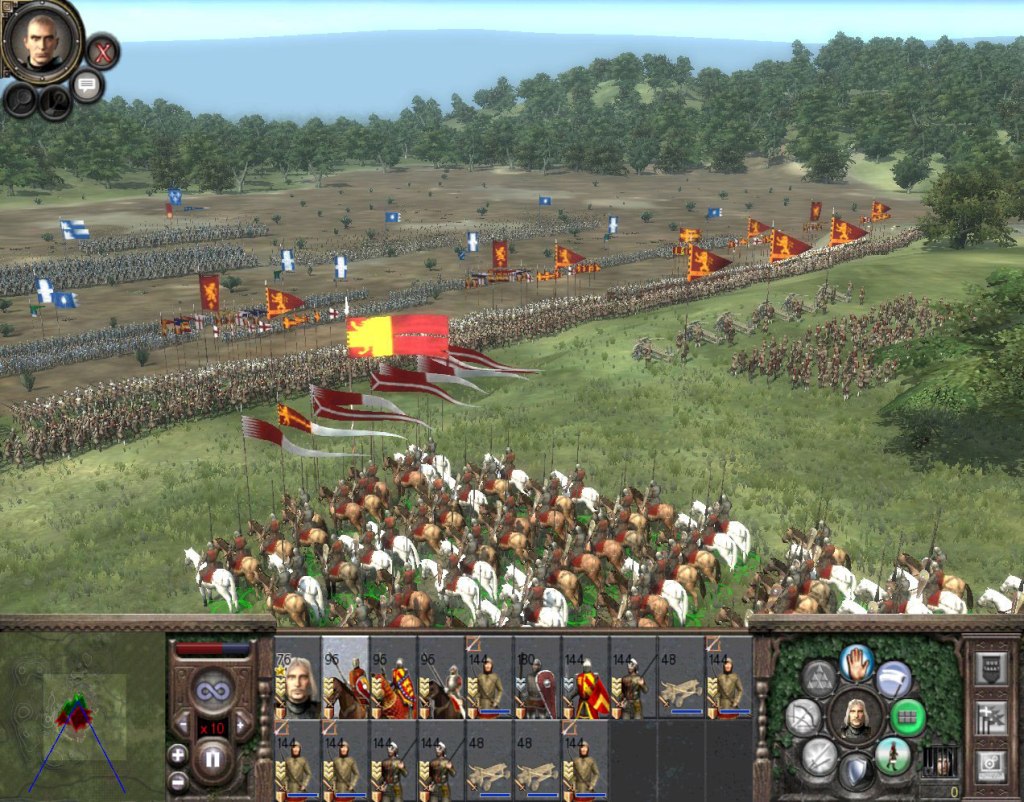
Nearly 700 years ago, the fate of Portuguese independence hanged by a thread. King Ferdinand untimely death left the realm without a male heir and his only daughter was married with the Castilian King. Ferdinand’s wife, inexperienced Leonor Teles was at the helm and rumours of her involvement with a nobleman of Galician descent stirred somewhat of a shit-show all across the unstable kingdom that ended in the small town of Aljubarrota where Portuguese, Spanish, French and Englishman crossed swords in August, 1385.
To this very day the Battle lives on in collective memory as the greatest military achievement of a young nation. The tale of a pious man that stood up to the challenge of leading an unwavering nation to victory against insurmountable odds.
Countless legends arose amidst the deep rooted discontent Portuguese had for their neighbours. The Baker of Aljubarrota is one such mythical persona, Brites de Almeida was her name. Said to tower above most men, she was fat and ugly. A woman of terrible reputation who hoisted 6 fingers in each hand. After the battle was over, Spanish troops scattered towards nearby towns. 7 of them made the terrible mistake of hiding in the large furnaces at a bakery in Aljubarrota. Noticing something was wrong, Brites scanned the placed and found the poor lads. She appealed for the Spanish troops to surrender who were unwilling to obey; that was when the hideous figure grabbed her Baker’s Spade and went on for a flawless round of wack-a-mole, slaying all 7 foes by herself, after which she decided to bake them in the oven they hid. Or so the legend goes.
What truly happen was one of the high moments of the Hundred Years War. A friend of mine asked me if I could write something for a personal project of his to commemorate the battle which decided the fate of this country so many years ago. I accepted it. Research started almost immediately but I couldn’t find any game that portrayed the battle. I took upon myself to recreated it the best way I could.
The battle can be inserted as a proxy conflict between France and England during the Hundred Years War. The Portuguese King Ferdinand had died leaving no male heirs and his daughter was married to the King of Spain, making him the direct heir to the Kingdom of Portugal. Discontent, the people rioted against the possibility of foreign annexation and D. João, master of the Military Order of Avis was elected the rightful heir in the Portuguese “cortes” by the clever manipulation of inheritance laws by João “das Regras” (a different person than D. João of Avis. His name means John of the Laws, he was a known scholar that used the “Cortes” to make sure D. João was elected as the rightful heir instead of the Castilian King or his Widow).
The Castilian King did not abide by this resolution and took forth his intent of annexing Portugal under his rule. Marching with an army of 30,000 strong, 2,000 of which were heavy French Cavalry, they met the Portuguese 7,800 strong allied with 200 English longbowmen. D. João of Avis elected Nun D´Álvares Pereira as his general. Nun D’Alvares Pereira, only a twenty something at the time, knowing that only a couple of routes could accommodate such a large army, positioned upon a hill nearing the route. The high ground was surrounded on all sides but one by shallow rivers, making any amphibious venture a slog.
The southern side of the hill was less steep, the road was more direct and an attack would not need any kind of river crossing shenanigans. Predicting the move, Nun D’Alvares Pereira ordered his Portuguese troops to fortify the green fields bellow. Stakes and small palisades were erected, trenches excavated and traps were set up. The lines of battle formed atop, with the main body of infantry being positioned in the middle, led by Nun D’Alvares Pereira himself with reserves in the back. Supporting him was the cavalry led by D. João of Avis. Crossbowman and longbowman on both sides assured the crossfire against any charge. The palisades erected on the archery positions made them nearly invulnerable to any Castilian long-range riposte.
The Castilian lines were assembled bellow, a couple hundred meters away. The 2000 French knights formed the vanguard. Heavy with their armour, spears and lances under their arms, they were the ultimate shock-force of medieval battlefields. Behind the resplendence armour of the French, the Castilian footmen were gathering. An army so huge took time to position and the French vanguard, in full armour grew impatient and tired. They asked for the royal authorization to charge, underestimating the small force upon the hill. So, they did. The order was given and the horses moved forward. First at trot, then at the gallop they charged with their thundering might. The sound of thousands of horse’s hooves on the ground, men shouting their patron saints and armour clashing as they rode forward was deafening.
Much to their dismay, no glory awaited. Hidden in the ground were hundreds of sharpened logs that impaled horse and men alike. The small and fortified area funnelled the charge against the palisades spread all around the hillside. Cohesion, formation and discipline was broken by the terrain. Arrows poured from above, the charge lost momentum and as soon as they met Portuguese spearman the battle was over. Most of them were captured or killed, the others tried to escape.
The Castilian King, watching in horror sent the footman vanguard in aid of his allies in the hope of relieving the French and press on the offensive. Seeing the Spanish advance, D. João of Avis ordered the execution of all french captives for fear of them uprising behind portuguese lines.
The footmen marched up the hill but were met with the same fate, the small defilade made their numbers matter not. Pressed against one another on the climb, the cohesion of the Spanish was lost once more. Both armies engaged and a not long after the clash the Castilian royal banner fell on the battlefield and spanish soldiers, fearing the death of the King routed the battlefield. The rest, as they say, is History.
I was asked if I could find a game that had the battle in it. Having recently researched all the medieval to age of sail games that contain Portugal my answer was resounding negative. A hindrance, for sure, but a challenge that proved to be far more interesting in the following weeks. Age of Empires II came to mind, but its simplistic combat system and lack of real battlefield traps and devices ruled it out. Of course, Total War! But no, Total War editor is far too complex to learn in such a short amount of time and the premade maps didn’t even look remotely like Aljubarrota.
Light came to mind when my usual monthly habit of playing Stronghold kicks in. The Firefly Studios darling from the very first year of the second millennium that built walls and keeps around RTS-loving-heart back then. Its editor is rather simple, move terrain around, draw some rivers, plop some buildings and you’re good to go. The map took about 2 to 3 hours to create and served as a testimony on how gaming can prove so useful to the study of History. Letting me see for the first time, with some degree of accuracy, according to historical sources what the battlefield actually looked like.
To make sure the order of battle was followed I decided to play as the French. Almost as close as the real thing, the French cavalry charge clumped up and fell on the traps, the troops following behind had a long march ahead in a less than favourable conditions. Charging in a disorganized fashion all the while under fire from Portuguese and English archers. The attack lost momentum and the Castilian vanguard did too little too late to prove itself useful.
Aljubarrota marked the beginning of the end of Heavy cavalry dominance in medieval battlefields. In 1415, some decades later, the Englishmen, led by Henry V would go on to use similar tactics to win the famous battle of Agincourt.
History is better explored this way. Sure, reading historical sources and academic books are needed as a basis of research but I found out there’s a huge craving for this kind of exploration due to everybody’s reaction to the work I’ve done. You can find the original PDF here, the big drawback is that it is written in Portuguese.
Follow Strategy and Wargaming Socials
If you enjoy Strategy and Wargaming, then you need to follow its socials. Are we the best strategy gaming website around? I would say so. Heck, what other options do you have? The Wargamer? Please.
So why not give us a follow on the cesspool that is Twitter, or join the 1000 other geriatric patients on Facebook? Or subscribe down below? Or maybe do everything? I don’t care, I’m not your grandmother.
If you enjoyed the article, consider buying me a coffee!
I’ve been running Strategy and Wargaming at my own expense since 2017, with only the ad revenue to cover the hosting, with everything else being done by me. So, if you’re an avid reader, you can afford it, and want to support the website, please consider Buying Me a Coffee by clicking this link, for as low as one euro! If you do, just know that you’re helping out a lot and contributing so that Strategy and Wargaming can continue growing!












Leave a comment